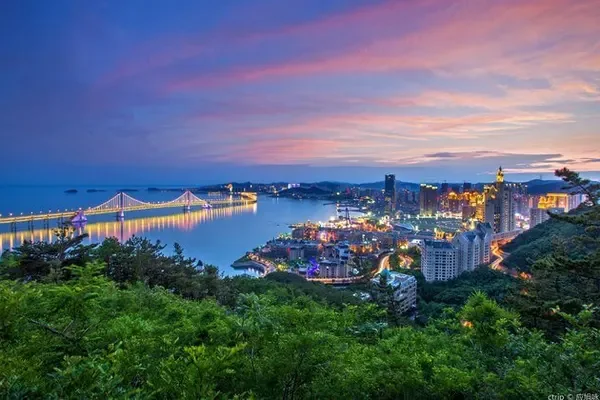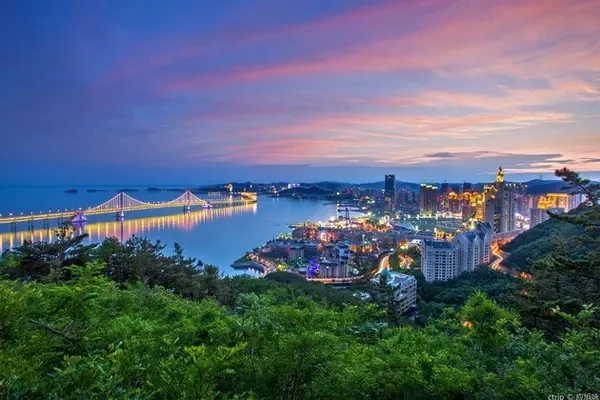After walking the Duku Highway yesterday, it was almost dark when we arrived in Kuqa. The three of us decided not to live in tents, but to find a hotel to stay, take a bath, and relax.
But after turning around, I realized that the hotel is not so easy to find. Either it's full, or it's expensive. In a small hotel, the standard room costs 480 yuan. Only then did I remember that there are too many people traveling this season, and the price of hotels has also risen.
So after discussing, they went straight to Shaya County.
When we arrived in Shaya, we found a hotel. As we had thought in advance, the price was moderate. The standard room was 140 yuan. The room was large and the facilities were good. After staying here, I went to the street to eat, and after eating, I went to the night market in the center of the street.
It's my first time to come to Sha Ya, and I feel very good.
Shaya night, peaceful and peaceful, very beautiful.



Shaya Night Market is very standardized and tidy. We sat down and had some beers.


After a comfortable night's stay, today's journey begins again. Destination: desert road, directly to Hotan.
The fourth day itinerary: Tarim River - Alar City - Desert Highway - Hotan
Shaya County breakfast, buns, noodles. The Chinese character on the restaurant is "Your Home Breakfast Shop", but in fact the owner and waiters are all Uyghurs,
The meat buns are very big, with thin skin and lots of meat, and the vegetable buns are basically meat, half a bowl of noodles for 2 yuan, and a lot of soup. 5 yuan a piece.
The service was excellent. like!

The famous jujube.


Destination: Alar.
The weather is still gray.

Tarim River, the river of my hometown.




red willow.

On both sides of the road, there are Populus euphratica that are immortal and immortal.


Does this look like a fighter?



The city of Alar has arrived.




Reclamation Memorial Hall.

In the urban area, the roads are open, the greenery is excellent, and the sanitation and cleanliness are beyond my imagination.

Lunch was eaten in Alar, and there was no rest after lunch, and we went straight to the road.
This is the real desert road, strictly speaking, three desert roads, this is the western section.



Take a picture, here I come to the desert.

A tenacious plant in the desert.

The branches of Populus euphratica in this class have been hollowed out by the years, but they are still full of leaves and branches.

Populus euphratica.


Argel service area. Stopped for refills and wanted to buy some iced mineral water, but was told that there was no electricity.


The desert here is very shocking. I made a special trip for 100 meters, and the wind was so strong that I dared not go any further.

my footprints.




rolling.




The desert sand control project needs to be completed manually.

Extremely hot, windy, and the working environment is active and hard. I asked this young man, and he said that his monthly salary was over 10,000.

The weather seems to be perpetually gray, and the sun hangs in the sky like the moon.



Another service area.

Hotan did not arrive that day.
We live in this service area called Tawakule. The service area is open, but there are toilets and a row of benches.
We brought our own braised pork and mixed cold dishes. Because there were chairs, tents were saved, so I just lay on the chairs overnight.
Even though it was covered with a sleeping bag, I was woken up several times by the cold in the middle of the night. After waking up in the cold morning, I never slept again.
Related Links--
1. Tarim River: Uighur means "unrestrained horse", originating from the Tianshan Mountains and Karakorum Mountains, along the northern edge of the Taklamakan Desert, passing through Aksu, Shaya, Kuqa, Korla, etc. It is the longest inland river in China. The Lu River is the fifth largest inland river in the world.
2. Alar: It means "gathering and meeting" in Mongolian. Alar City is a county-level city, and it implements a division-city management system with the First Division of Xinjiang Production and Construction Corps.
3. Desert Highway: The Taklamakan Desert Highway in Xinjiang is currently the world's longest grade highway running through the flowing desert. The first is the Luntai-Minfeng Desert Highway, the second is the Alar-Hotian Desert Highway, the third oblique line is in the south, Qiemo-Tazhong; the north is Alar-Tazhong.

